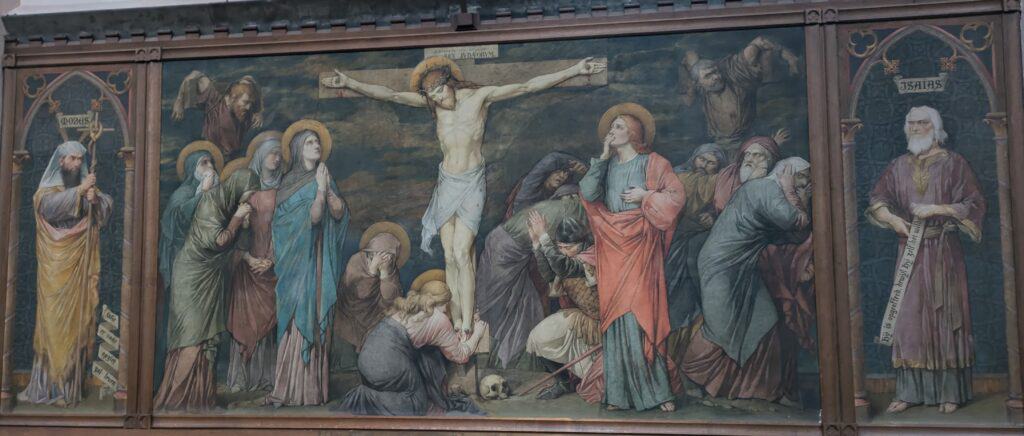Table of Contents
Introduction to a New Perspective
The narrative surrounding Jesus that is commonly known represents only a fragment of the full story. For over 2,000 years, secrets about his life and spiritual journey have remained buried. This hidden account involves 24 disciples, lost years in the East, and spiritual training under Mahavata Babaji.
Jesus’s 24 Disciples
Traditional vs. Esoteric Accounts
While traditional accounts focus on 12 male apostles, deeper traditions reveal that Jesus had 24 disciples—12 men and 12 women. This balance between masculine and feminine energies was crucial for spiritual completeness.

Significance of Female Disciples
In mainstream texts, the role of the female disciples was largely suppressed. However, esoteric sources such as the Gnostic texts highlight their importance. Mary Magdalene, Joanna, Martha, and others played vital roles, with Mary Magdalene often seen as Jesus’s spiritual counterpart. She is believed to have continued Jesus’s teachings after his departure.
The Lost Years of Jesus
Travel and Spiritual Training
Between the ages of 12 and 30, Jesus is said to have traveled through India, Tibet, and Egypt, studying under spiritual masters. These years, largely absent from the Bible, were formative in his spiritual development.
- In India: Jesus studied Vedic teachings, learning about the soul, karma, and reincarnation. He is believed to have mastered yoga practices and Prana control, preparing him for his later ministry.
- In Tibet: He studied with Buddhist monks, learning principles of compassion, detachment, and non-duality.
- In Egypt: Jesus studied the mysteries of life, death, and spiritual alchemy, possibly at Heliopolis. These teachings later manifested in his ability to perform miracles.
Spiritual Influence of Mahavata Babaji
According to some esoteric traditions, Jesus studied under Mahavata Babaji, an immortal yogi master who guided him toward spiritual enlightenment. Babaji is said to have taught Jesus advanced spiritual practices, including Kriya Yoga, which later empowered Jesus to perform miracles and transcend death.
Crucifixion and Resurrection: An Esoteric Interpretation
From an esoteric perspective, Jesus’s crucifixion and resurrection carry deep spiritual symbolism. Some traditions suggest that Jesus did not physically die on the cross, but entered a deep meditative state, allowing him to transcend physical pain. His resurrection may have been a spiritual ascension rather than a literal return to life, symbolizing his mastery over life and death.

